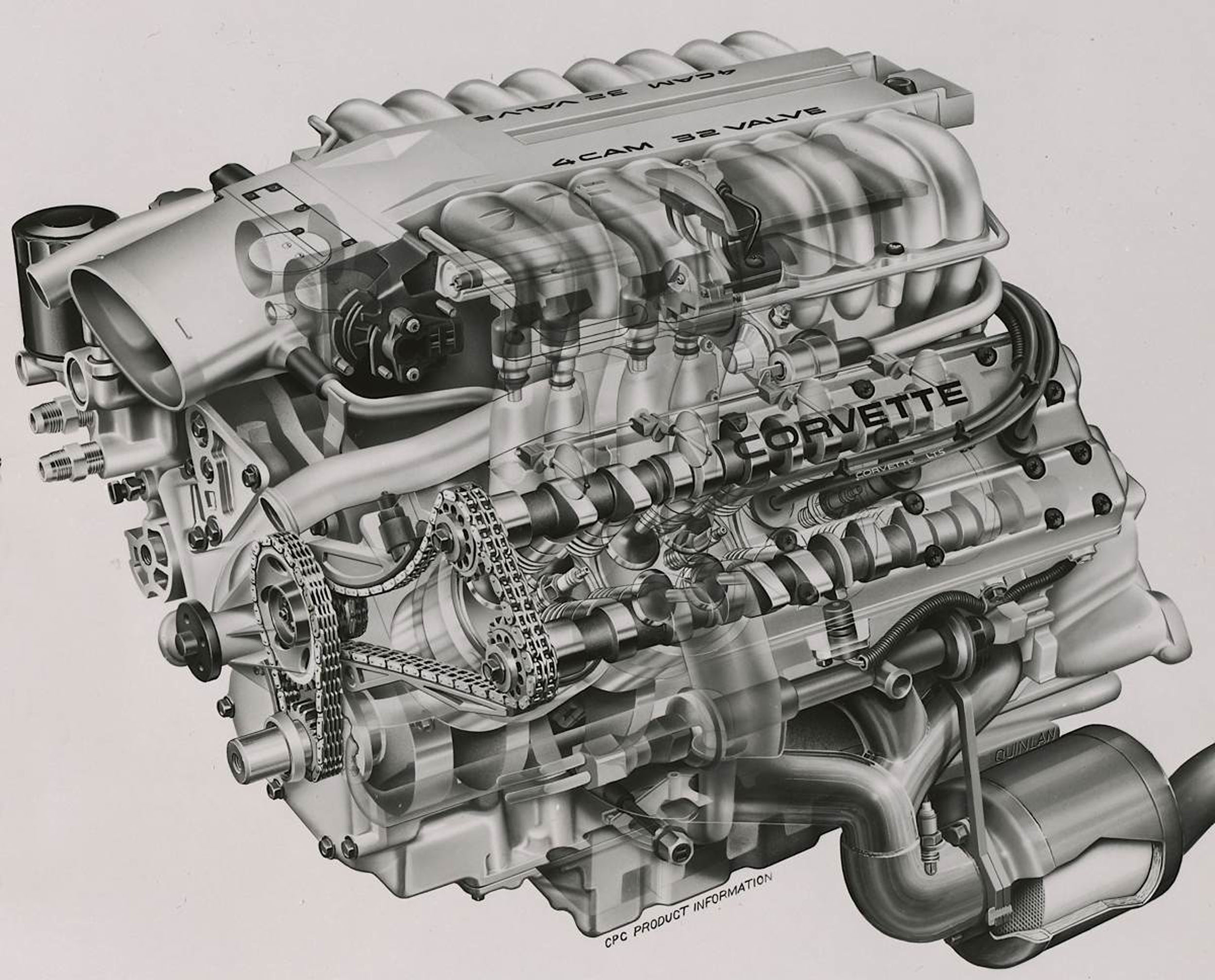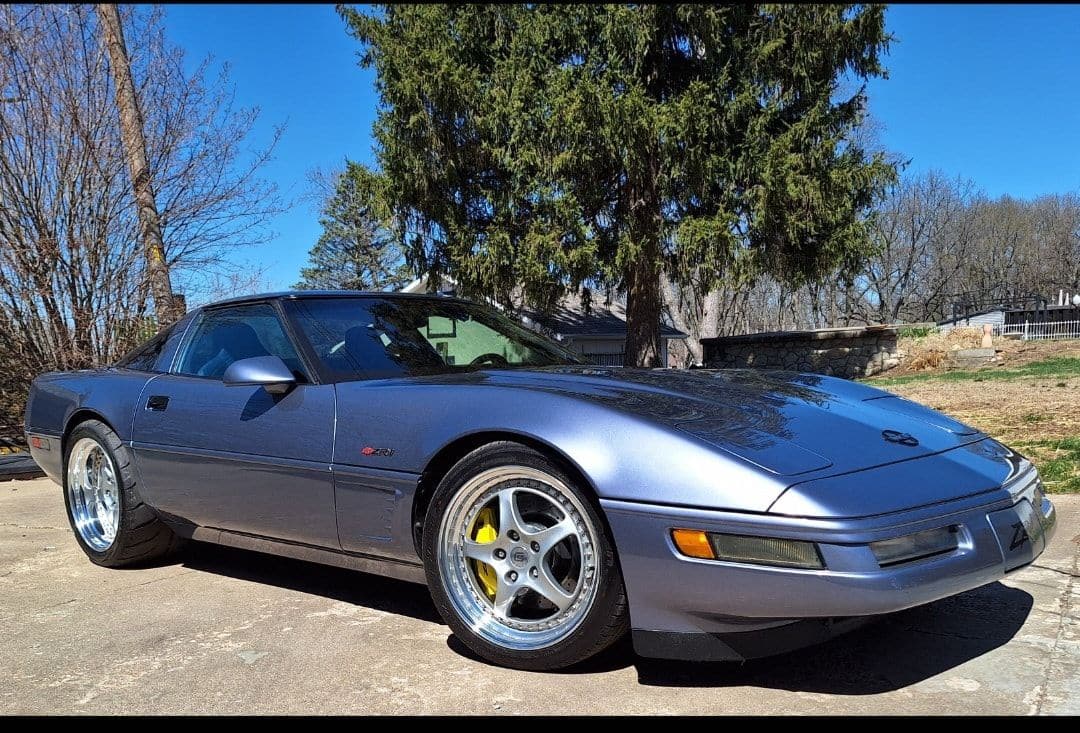I've never seen one of those in 45+ years. Pretty impressive and even though the power numbers aren't eye opening, looks like it has plenty of room for modification. Interesting that GM went back to their own pushrod motors on later LT engines set ups.
The ZR-1 from 90 to 95 never got the attention it could have for the simple fact GM wasn't wanting to support it. The bean counters were not in favor of producing a car that could compete with Europe's finest as well as the Viper that appeared in 1992. Dave Mc Clellan, the Chief engineer behind the ZR-1 had a fight on his hands from beginning to end for that car to be built.
As far as power goes Lingenfelter produced various combos of naturally aspirated and twin turbo combinations that were know to perform pretty well. The highest version was an 850 hp TT that was bolted to a turbo hydramatic 400 with an overdrive. A number of 415 cubic inch strokers were produced by various tuners and builders as well as 368, 391, 402 and even a few 441 cubic inch strokers.
One record by a 1990 ZR-1 still stands to this day from 1990. It is the 24 hour record of 175 mph average that included fuel, driver, and tire changes. Only VW has beaten that record but they never produced the car for the public... it was called the Nardo or something similar.
In recent years a 1990 ZR-1 running in a class for stock production cars reset the record at Bonnevile at 237 mph. Cory Henderson out of Texas built the naturally aspirated 372 ci motor and in several attempts inside a 10 year span captured that record that still stands. I would estimate that engine produced very close to 2 hp per cubic inch that means the design is very close to being as good as it gets for an engine that was produced in excess of 7000 units. Even today builders and tuners are still finding more power inside the LT5 that goes back almost 4 decades in terms of when Lotus designed it.
Yes, pushrods are still with us, however, DOHC engines have advantages that pushrod motors will never have. 1. In most cases able to flow more air due to more valve area. 2. Lighter valve train components that mean more power output and less valve train stress from a lighter weight system.
8000 rpm music at Bonneville just a few years ago.
Here is the worlds fastest 350 ci ZR-1 that I know of. This is Pete's personal car and is the same guy that built that 391 cubic inch motor that is in the steel blue ZR-1 above. I love the sound of that motor when its in the burnout box.
Here is a Lingenfelter built LT5 running in excess of 218 mph back in 1998.
Here is a little bit of the story behind the 24 hour record. This was 33 years ago... imagine what could be built now.




